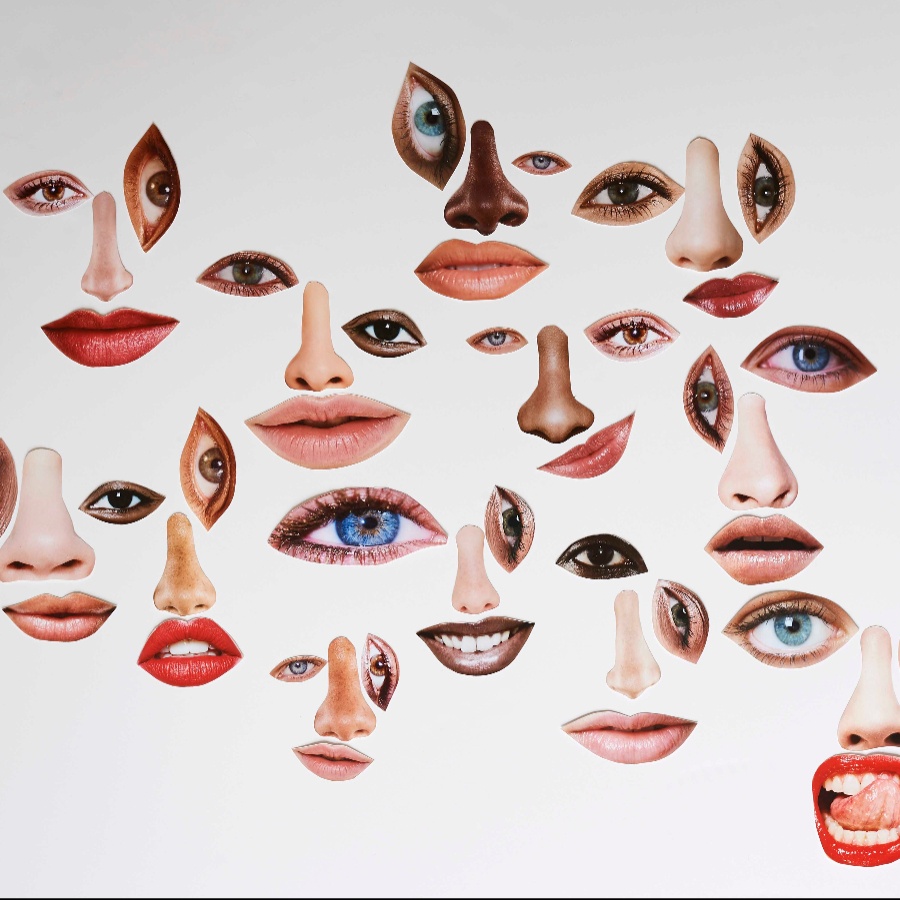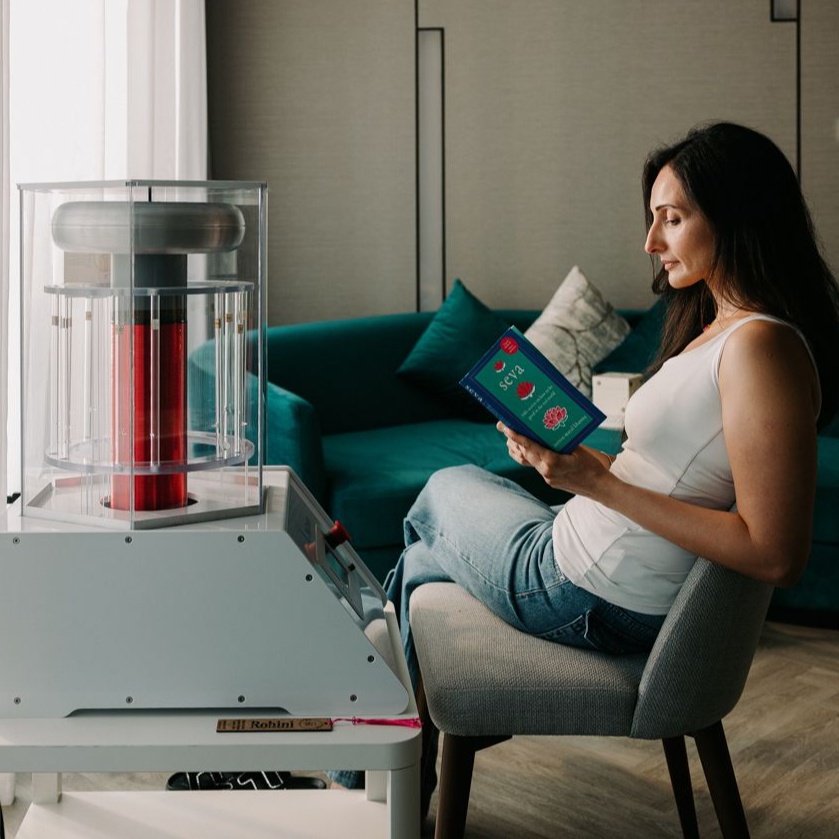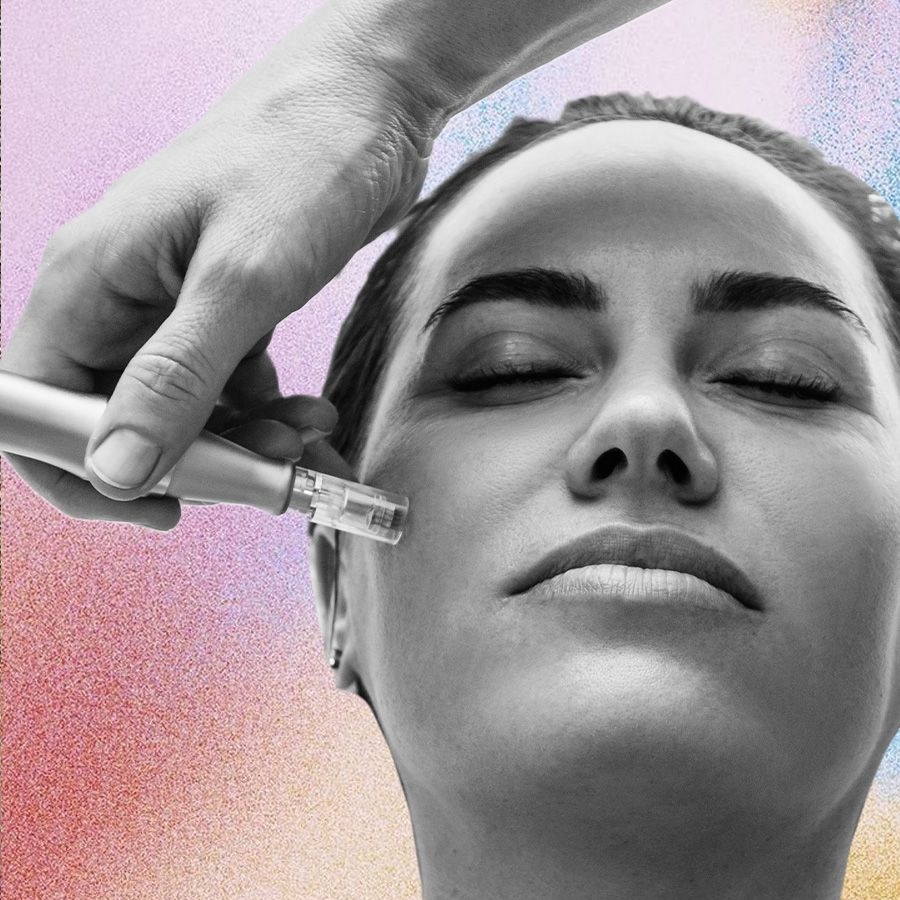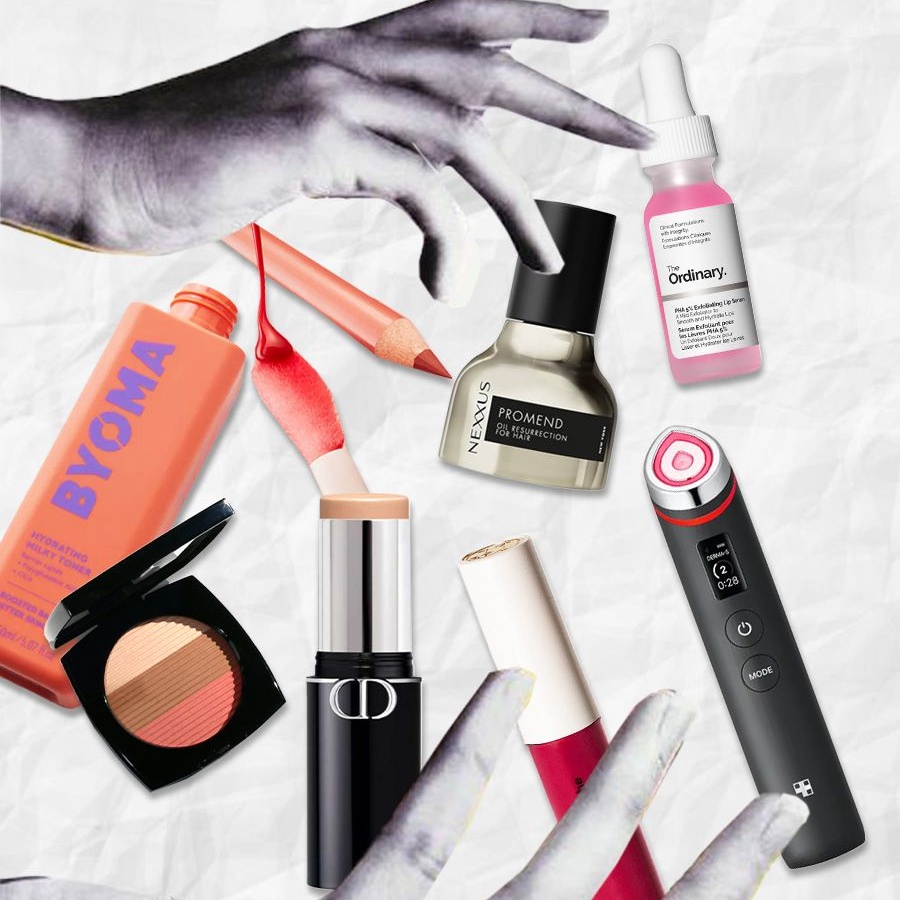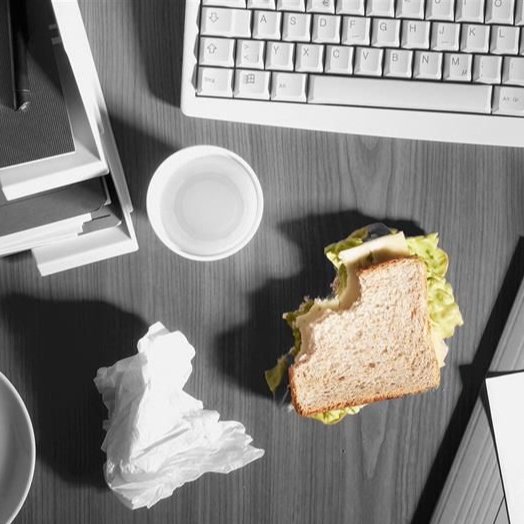There’s something about before and after videos. Call it schadenfreude, but cosmetic transformations, for better or worse, elicit awe and angst in equal measure. The term ‘botox gone wrong’ receives an average of 30.9K searches on Google each month; other top searches include ‘botox lip flip gone wrong’ and ‘botox before and after gone wrong’. Sense a theme?
Over the past few years though, a countertrend has been brewing. #DissolvingAllFillers on TikTok has more than five million posts, and numbers are only growing on Instagram. These addictive reels of people undergoing a reversal of their botox (including one posted this month by Dr Jaishree Sharad of Mumbai’s Skinfinitii Aesthetic Clinic, a collab in which her client was tagged) are receiving an increasing number of hits, shares, and likes. Why?
According to Yarden Horwitz, co-founder and president of Spate, “The increasing interest in dissolving fillers arises from consumers sharing firsthand experiences of dealing with complications and undergoing removal procedures.” Like botox, the term ‘dissolving fillers’ on Google receives an average monthly search of 1.3K, with a +186.4 per cent year-on-year growth. On TikTok, #DissolvingFillers captures 406.3K average weekly views with a +34.9 per cent month-on-month growth.
This, Horwitz says, is a peek into what’s on people’s minds. For instance, one reel highlighting a woman’s ptosis, a rare side effect of Botox that makes one eyelid droop and the other eye bulge dramatically as it tries to compensate for the lack of vision, has racked up more than 9.2 million views on TikTok. These stories, like mini horror films (but with a saviour plotline at the end), resonate widely, highlighting both the risks of fillers and available solutions, according to Horwitz.
"So many clients are coming in and asking our facialists to go harder on areas with unwanted fillers, in hopes that it will boost the metabolism and quickly dissolve them,” Anna-Nani Seynaeve, co-founder of Facestellar.
Certainly, people are now less afraid to share their first-hand experiences of dealing with filler complications and undergoing removal procedures. There are also videos and self-shared content of celebrities dissolving their fillers, which add to the buzz (and watching them is one of my own personal indulgences). In April, model Olivia Culpo took to Instagram to share her dissolved lip filler ahead of her wedding, even taking a vote on whether to bring it back once the wedding was over.
Culpo isn’t alone. Courteney Cox and Chrissy Teigen led the way in 2017 and 2021 respectively, with Cox revealing her reasons for a reversal on a podcast: “I think I messed up a lot and now luckily, I was able to reverse most of that. Now I'm actually just older!” Are reversals an example of the pro-ageing, owning a more natural look rhetoric that is dominating popular culture right now?
Ishita Pateria, a Mumbai-based integrative psychotherapist and founder of State of Mind, is not convinced. While beauty perceptions have evolved in several ways, according to her, most of it is still relegated to woke-ry in conversations, with little actual change. “Consciously, perceptions have evolved,” she says, “but subconsciously and unconsciously, beauty stereotypes still exist and are highly dominant.”
“The truth is, you can’t really fault someone for wanting to try these things,” says Celia Ellenberg, an editorial director and brand strategist, and the former global beauty and wellness director of US Vogue. “When you see a person like Demi Moore at Cannes and she looks amazing, it’s hard not to think ‘I’ll have what she’s having’.” So, while the desire to change what you were born with is probably here to stay, what is perhaps changing is the evidence available to those considering going under the knife or needle.
Choices, choices
While the global Botox market size is predicted to grow at an annual growth rate (CAGR) of 15.40 per cent from 2023 to 2030, with evidence that the procedure can lead to botulism, autoimmune diseases, and other complications now widely known on social media, there are now those circumspect beauty seekers who are choosing what The Beauty Triangle’s founder and beauty and wellness editor at large at Tatler, Francesca Ogiermann-White, calls regenerative modalities. “Regenerative measures, like polynucleotides, collagen stimulators, and exosomes, are not new, but they have simply been made relevant to a more modern audience,” she explains. Treatments like PRP (Platelet-Rich Plasma), aka the ‘vampire facial’, have been in aesthetics for 30 years, according to the expert. Similarly, collagen stimulators and skin boosters are now becoming increasingly sought-after, with brands like Profhilo leading the way.
If you, like me, find yourself Googling ‘Is Vampire Facial Painful?’, then perhaps a human hand is more your thing than needle pricks. For instance, The Dimple Amani Method™, practised by the lymphatic drainage and sculpting expert, mixes Ayurvedic oils with industrial-strength massage techniques. Her ‘Buccal Facial’ (look it up) is a favourite among her celebrity clients like Nicky Hilton, Rita Ora, and Jenna Coleman for a snatched look on the red carpet. Similarly, at non-invasive clinic Facestellar in London and Paris, corrections and reversals are done using the time-tested technique of hand massages. “So many clients are coming in and asking our facialists to go harder and more vigorous on areas with unwanted fillers, in hopes that it will boost the metabolism and quickly dissolve them,” says co-founder Anna-Nani Seynaeve.
With the freedom and privilege of second chances, there is a darker reality brewing. One that Ogiermann-White warns against as ‘fast aesthetics’, or the skewed idea that medical aesthetic procedures are transient and can be embraced for a fleeting moment and then be undone.
For now, though, if there’s even a small chance that I could do a cosmetic enhancement of my informed, aware choice, but be able to remove, reverse, or reduce it, if I so desire—then yes, maybe I will sign up for it. But no, I will not be posting it on social media.


